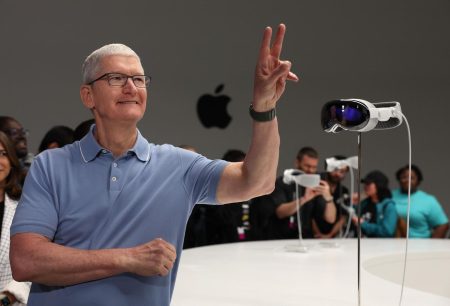OBSERVATIONS FROM THE FINTECH SNARK TANK
More and more, whenever I see the term “open banking” being used, my eyes roll and I think “ok, let’s see how this over-used, under-defined term is being used this time.”
Recent incidences:
1) An academic study titled “Open data and API adoption of US Banks” which equates the use of APIs with open banking, and 2) a Pymnts article titled “46% of US Consumers Say They’re Ready for Open Banking.”
Does Open Banking Equal API Adoption?
The authors of the academic study say the report focuses on “the implications of API and open banking adoption for traditional banks in the US.” The report found that “banks that adopt APIs tend to face lower competitive pressure, are less capital-intensive, and experience: 1) an increase in ROA and Tobin’s Q, and 2) a decrease in loan loss provisions.”
The causal inference here—that adopting APIs leads to increased ROA and a decrease in loan loss provisions—is pretty shaky. Getting back to “open banking,” though, the report cites research that found that:
“Open banking and bank data portability might result in unintended consequences for bank and fintech competition and borrower welfare. Allowing voluntary data porting by consumers can lead to possible unraveling (i.e., customers are compelled to share data as non-disclosure will be perceived negatively by providers) and negative data externality for customers who don’t share data. The loss of customer information due to fintech competition can disrupt information spillover within banks (e.g., by using payment data to learn about consumers’ credit quality).”
Proponents of open banking never seem to address these unintended consequences.
Are Open Banking Payments Really Open Banking?
When I saw that “46% of US consumers say they’re ready for open banking” my first reaction was “Really? What do these Americans think ‘open banking’ is?”
It turns out that it’s not really “open banking” the article was talking about—it’s “open banking payments.” The article says:
“Open banking payments stand on the verge of widespread acceptance. This payment method, which allows users to complete transactions directly from their bank accounts using familiar online banking credentials, offers an alternative to traditional methods by bypassing credit card details.”
The article cites a study which found that younger consumers are more interested than older ones in “open banking payments” and that the “disparity suggests that open banking providers should focus their marketing efforts on younger demographics, who are more inclined to integrate this payment method into their routine transactions.”
Three reactions here: 1) “Open banking payments” doesn’t sound like “API adoption” 2) Interest in “open bank payments” doesn’t mean interest in “open banking,” and 3) What are “routine” transactions?
‘Open Banking’ is a Meaningless Term
The term “open banking” has become nearly meaningless. “Open banking providers” may want to redefine the space they playing in.
The academic study claims that provides “insight into the role of competitive pressures on the decision to adopt an open banking strategy.” Just one problem: There is no such thing as an “open banking strategy.”
And proponents of open banking—whatever that might be—who believe that “consumers want it” should check a Q4 2023 Axway survey which found that only 55% of Americans have heard of open banking, and just 32% believe understand it.
It’s a step too far to say Americans want—or are ready for—open banking.
Read the full article here












